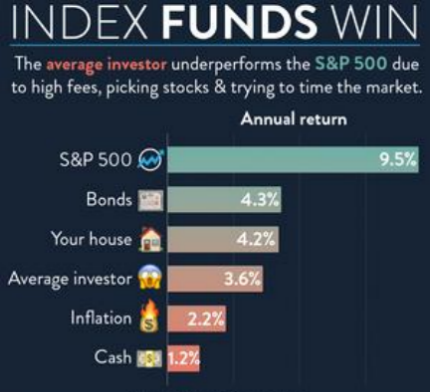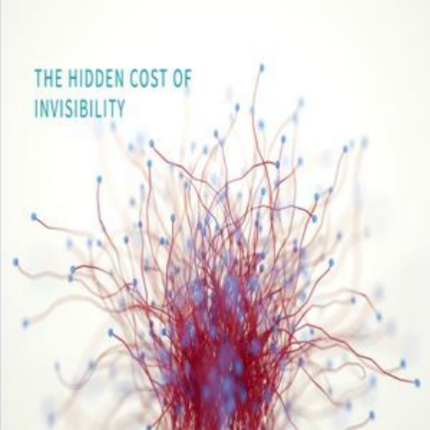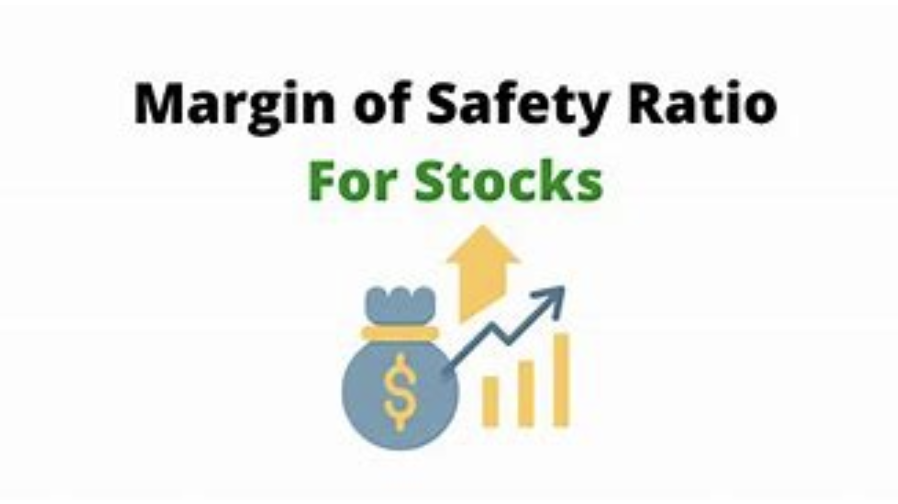The Concentration Trap
A large number of index funds follow benchmarks that are heavily influenced by a few large-cap stocks. For instance, the top 10 firms in the S&P 500 contribute more than 30% of its total value. Investing in an S&P index fund largely means taking a strong position in major tech companies like Apple and Microsoft. If these companies perform poorly, the entire fund's value can drop. Wealthy investors who have diversified portfolios often view this overlap as a risk: if your private equity already invests in tech startups, adding an S&P fund means you’re putting more money into the same sector, which increases hidden risks. To truly diversify, it’s essential to explore options beyond general indices and consider niche alternatives.

The Cost of Invisibility
Although expense ratios below 0.1% seem attractive, they often conceal hidden costs. When companies are added to or removed from an index, funds need to adjust their holdings, leading to fees and tax consequences. A $10 million investment in an S&P fund might lose $50,000 each year due to these “hidden” costs, which are not reflected in the expense ratio. For wealthier investors, separately managed accounts (SMAs) present a viable option: tailored portfolios resembling index funds that reduce trading and strategically utilize tax losses, frequently outperforming conventional funds by 1-2% annually after expenses.

The Timing Paradox
Index funds are great for long-term growth, yet many investors don't keep them for that duration. Events like the 2008 financial crisis or the pandemic in 2020 can wipe out over 30% of their value in just a few months. For high-income individuals with significant investments, a tough choice arises: selling during a market decline means realizing losses, while holding onto them can lead to unsettling fluctuations. Hedge funds offer a strategy by using index overlays, which involve shorting futures to cushion losses; this service costs about 1-2% and can reduce a 30% decline to a mere 10% drop. For those who aren't prepared for extended recovery periods, promises of "guaranteed" returns on indexes feel empty.
The Innovation Gap
Indices reflect historical performance, relying heavily on past achievements. The current S&P 500 does not include future innovators—startups that are either too small or not publicly traded. Once a groundbreaking company is added to the index, its greatest value has usually already been realized. A portfolio of $5 million divided between an index fund and venture capital trusts (VCTs) that target growth before an IPO tends to exceed the returns of traditional index investing by 5-7% each year. For investors with substantial assets, overlooking these early growth opportunities poses a larger risk than fluctuations in the market.

The Lifestyle Misalignment
Index funds create taxable gains and dividends, which may not suit high-income earners in the highest tax brackets. On the other hand, municipal bond indices provide tax-free earnings but often do not keep up with inflation. A more effective strategy is to combine a core index investment with private real estate investment trusts (REITs) that offer returns linked to depreciation, or infrastructure funds that provide tax-friendly cash flow. By doing this, investors can achieve index-style diversification while benefiting from tax efficiency, transforming a simple “win” into a “smart win” for individuals managing complex finances.

